McDonald's: Everything you ever wanted to know about how their food is made
We have selected some of the most commonly asked questions and summarised the company's responses

Your support helps us to tell the story
From reproductive rights to climate change to Big Tech, The Independent is on the ground when the story is developing. Whether it's investigating the financials of Elon Musk's pro-Trump PAC or producing our latest documentary, 'The A Word', which shines a light on the American women fighting for reproductive rights, we know how important it is to parse out the facts from the messaging.
At such a critical moment in US history, we need reporters on the ground. Your donation allows us to keep sending journalists to speak to both sides of the story.
The Independent is trusted by Americans across the entire political spectrum. And unlike many other quality news outlets, we choose not to lock Americans out of our reporting and analysis with paywalls. We believe quality journalism should be available to everyone, paid for by those who can afford it.
Your support makes all the difference.McDonald's has been shedding new light on its heavily-criticized food sourcing and processing practices, as it seeks to revive lagging sales.
In the face of growing consumer demand for transparency, the Big Mac chain has launched marketing campaigns in the US, Canada, and Australia to answer consumer- submitted questions such as, “Are McDonald's eggs organic or free-range?” and “Does McDonald's import beef from other countries?”
McDonald's has also addressed the rumored existence of “pink slime” in its meat and information about which egg dishes are cooked in the restaurant and which ones are pre-made and frozen.
We have selected some of the most commonly asked questions and provided summaries of the company's responses.
Are McDonald's eggs organic or free-range?
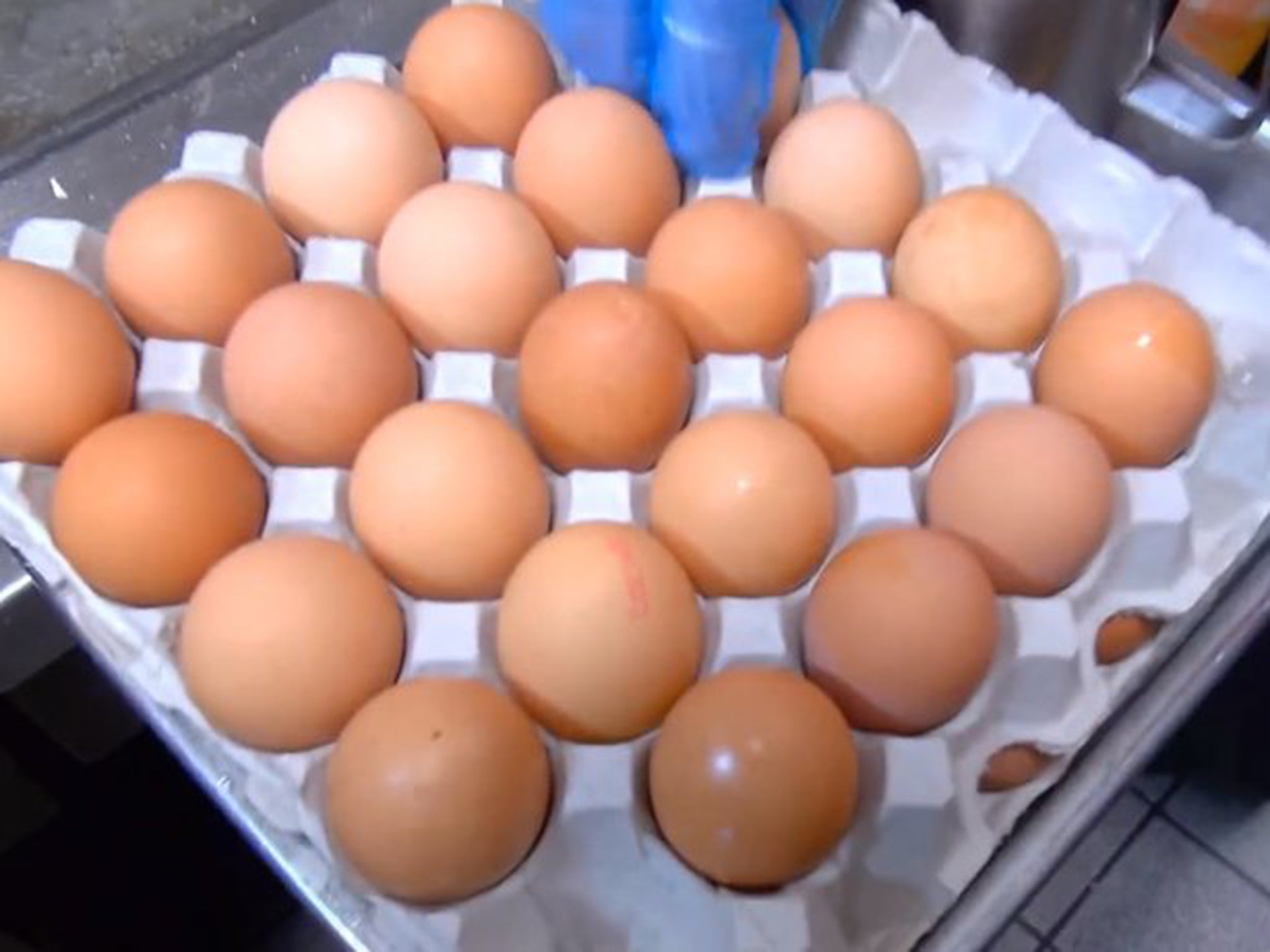
“Our eggs are not organic, nor are they free-range; they are from caged hens,” McDonald's Australia writes on its website.
Caged hens produce the cheapest eggs, which helps keeps McDonald's prices low, the company says.
“Our goal is to provide customers with great quality food at great value,” the company's answer reads. “The cost of organic or free range eggs would raise the price of our food to a point that our customers may not feel they are receiving the value they've come to expect from us.”
In the U.S., however, McDonald's buys a “small amount” of cage-free eggs “as part of a scientific research project McDonald's is part of to better understand different hen housing systems,” the company writes.
“In the U.S., there is no consensus or firm scientific research on whether one type of housing system is better than the other, which leads to a lot of confusion,” McDonald's USA adds.
Why do McDonald's chicken nuggets contain an “anti-foaming” agent?
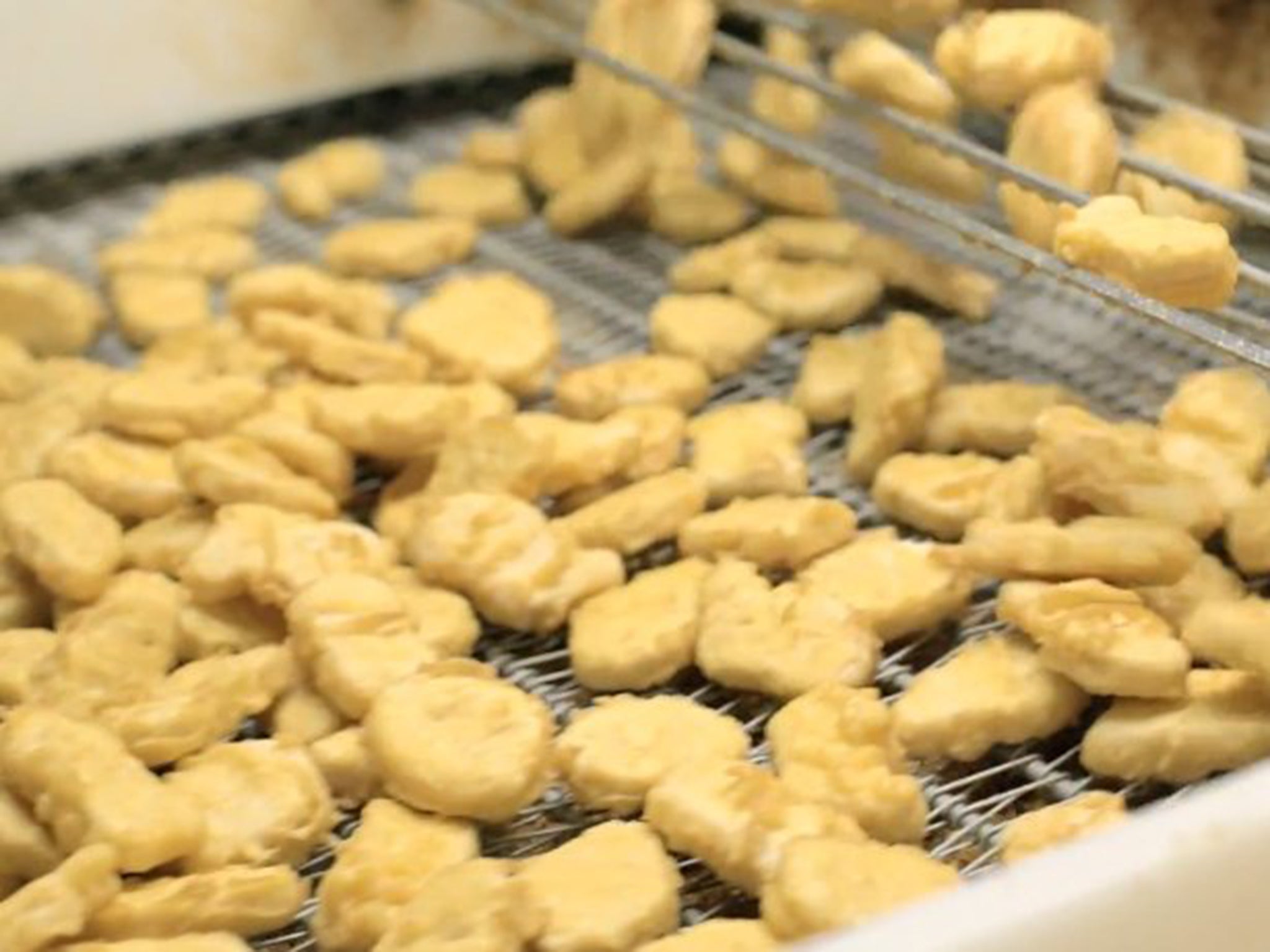
“McDonald’s frying oil contains a small amount of an additive called dimethlypolysiloxane, which helps prevent oil from foaming and spattering in our restaurants,” McDonald's USA explains.
Dimethylpolysiloxane is also used in some non-food products, such as putty, caulks, and cosmetics.
For that reason, “there have been individuals who have erroneously claimed that these items are also in our food,” the company explains.
The company added that scientific names for ingredients can “sound scary” even if they are safe and approved by the U.S. Food and Drug Administration.
“For example, the salt you use to de-ice a driveway is a variation of the salt you use in the kitchen, however they are both sodium chloride,” the company writes.
Does McDonald's USA import beef from other countries?
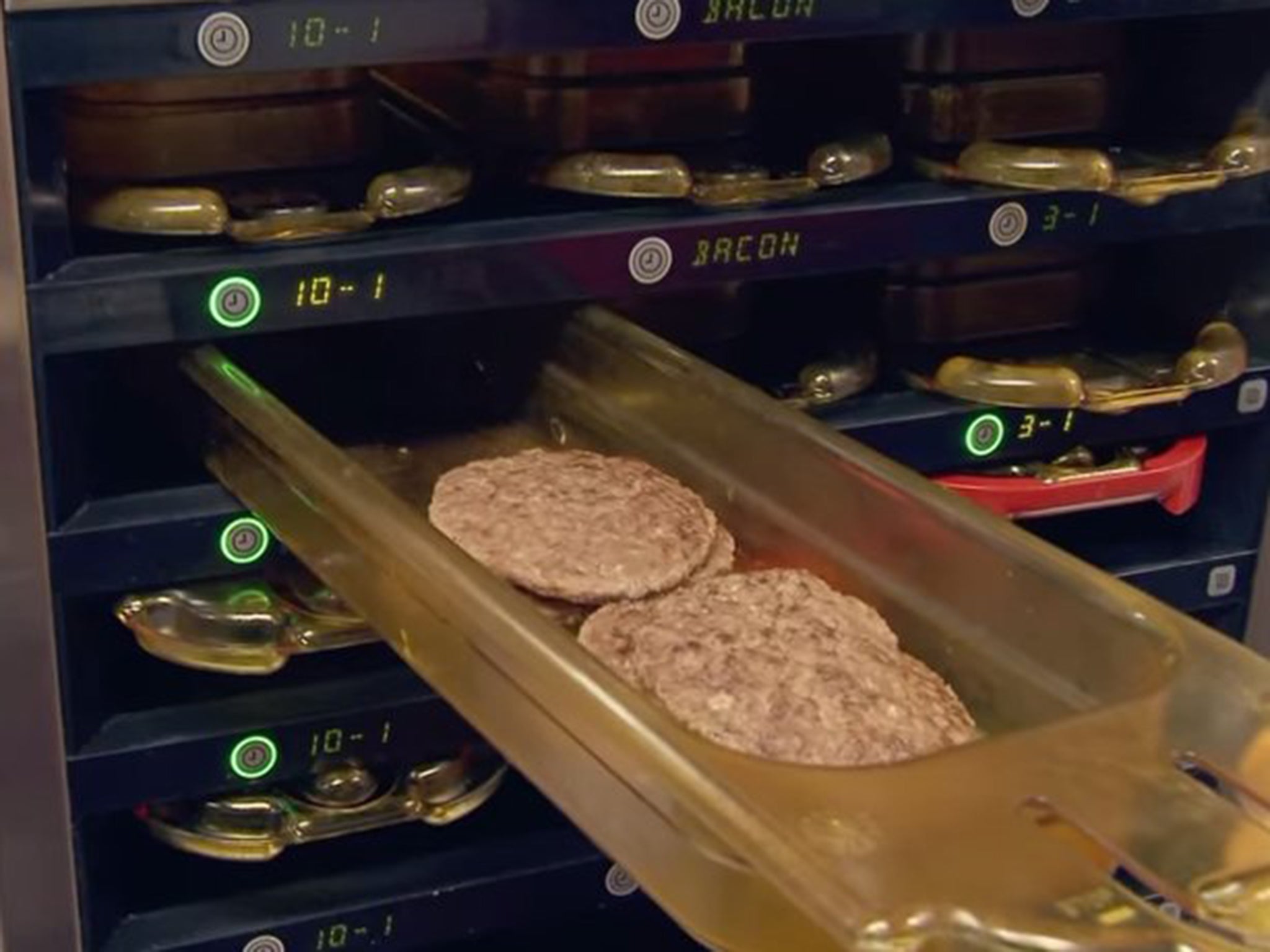
Most of the beef that McDonald's uses in its U.S. restaurants is raised domestically, “although we import a small percentage of our 100% beef from suppliers in Australia and New Zealand to supplement our U.S. purchases,” the company says.
All of the chicken served in McDonald's U.S. restaurants is raised domestically.
Are McDonald's french fries made from 100% potatoes?
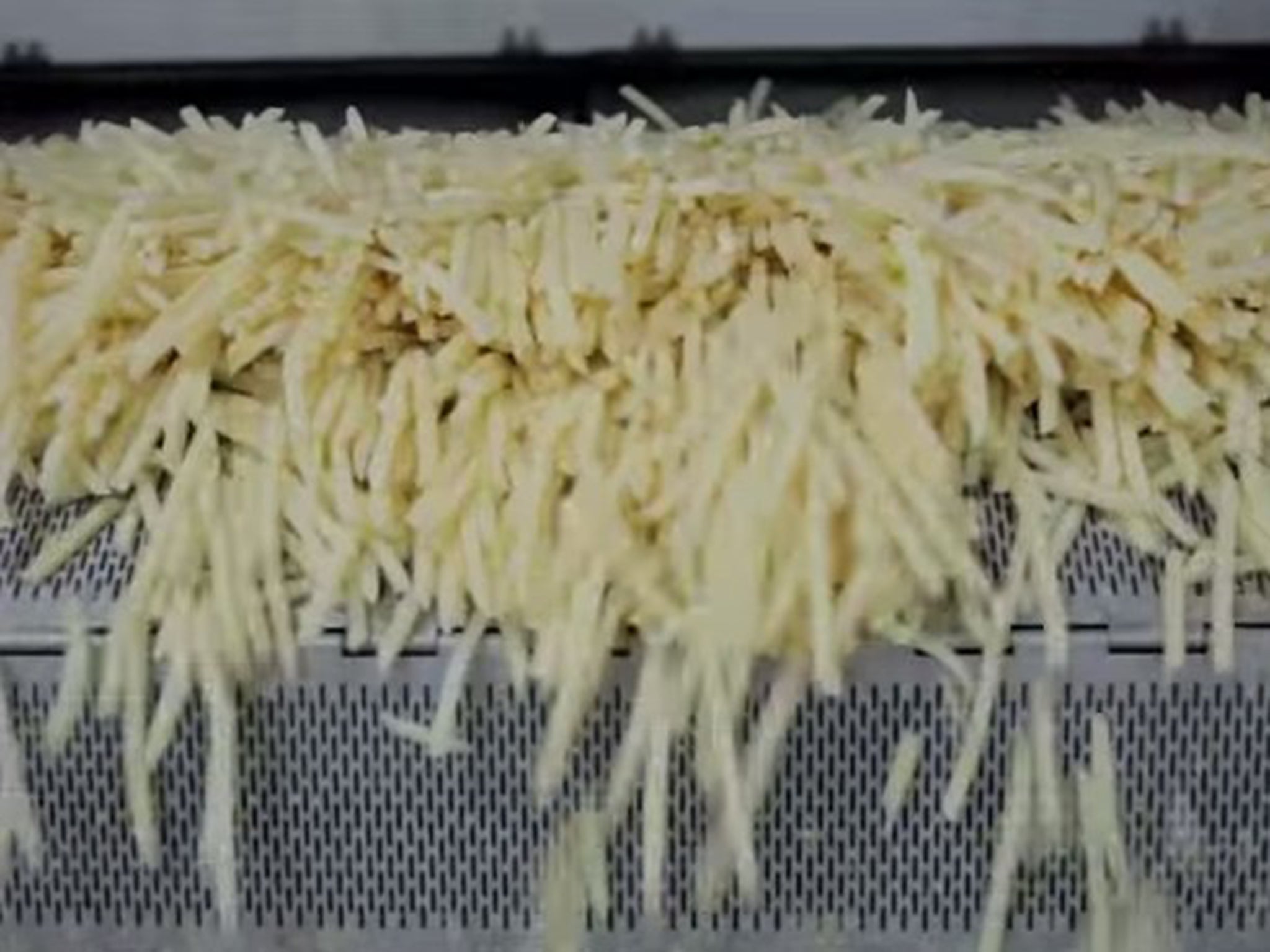
McDonald's french fries are made from whole potatoes that are peeled, cut into french fries and then partially fried before they are packaged and shipped to the chain's restaurants.
A video from McDonald's Canada explains the process in more detail.
The video shows McDonald's potatoes being harvested from farms and then sent to a processing plant, where they are washed, peeled and cut.
“Once the potatoes are cut, we push the strips to a blancher to remove the natural sugars from the strips,” Mario Dupuis, the production manager for McCain, a fries supplier for McDonald's Canada, says in the video. “This will prevent some variation in our color once we re-cook the product.
“Following the blanching process we add a a dextrose solution to have that nice even coat that we see in the restaurants. We also add an ingredient to our strips to make sure that we prevent the graying of our product throughout the process.”
Next, moisture is removed from the strips before they are fried, frozen, and packaged for shipping.
Here are the ingredients in the fries, as listed on McDonald's website: Potatoes, vegetable oil (canola oil, soybean oil, hydrogenated soybean oil, natural beef flavor, citric acid), dextrose, sodium acid pyrophosphate (maintains color), salt. Once the fries arrive at the restaurants, they are prepared in vegetable oil (canola oil, corn oil, soybean oil, hydrogenated soybean oil and dimethylpolysiloxane.
Is McDonald's cheese 1 per cent away from being plastic?

“The major ingredient in our signature slices is natural cheese, so the plastic rumor is just a myth,” says Nicole Thornton, a McDonald's crew member in Sydney, Australia, in a video.
Other main ingredients include milk solids, butter and emulsifiers, which are additives used to improve the color and texture of processed foods.
“If you are referring to the smoothness and flexibility of our cheese,” Thornton explains, “that is obtained by blending heated cheeses and other ingredients with emulsifiers and then dispensing it onto a smooth chilled surface, just like some of the processed cheeses you'll find in the supermarket.”
The ingredients in McDonald's cheddar cheese slices, as listed on the company's website, are as follows: Milk, cream, water, cheese culture, sodium citrate, and 2% or less of salt, citric acid, sodium phosphate, sorbic acid (preservative), lactic acid, acetic acid, enzymes, sodium pyrophosphate, natural flavor, color added, and soy lecithin.
Is there pig fat in the soft serve?
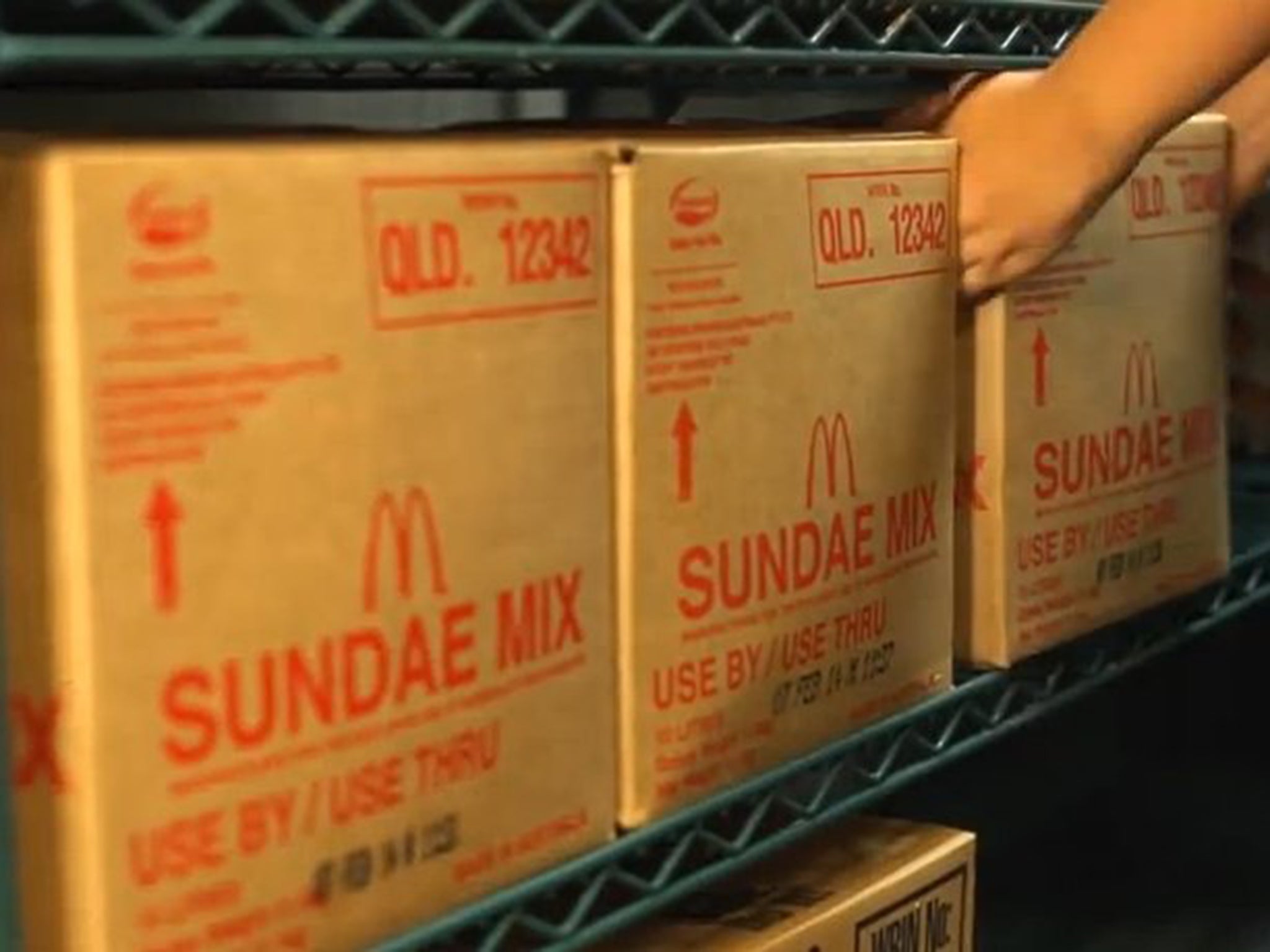
This is one of the most commonly asked questions about McDonald's food in Australia, according to Jonathon Pitt, a McDonald's franchise owner in Queensland.
“Absolutely, there is no pig fat in our soft serve — or in our shakes, for that matter,” Pitt says in a video on how the frozen yogurt is made. “The only animal products in our soft serve are the dairy ingredients themselves.”
That includes milk, cream, and milk solids. Sugar is added for sweetness and emulsifiers are used to keep the mixture from separating.
“Vegetable gums are also used to give it a thick, smooth texture,” Pitt says. “And finally, a little vanilla flavor is added.”
What parts of the chicken does McDonald's use?
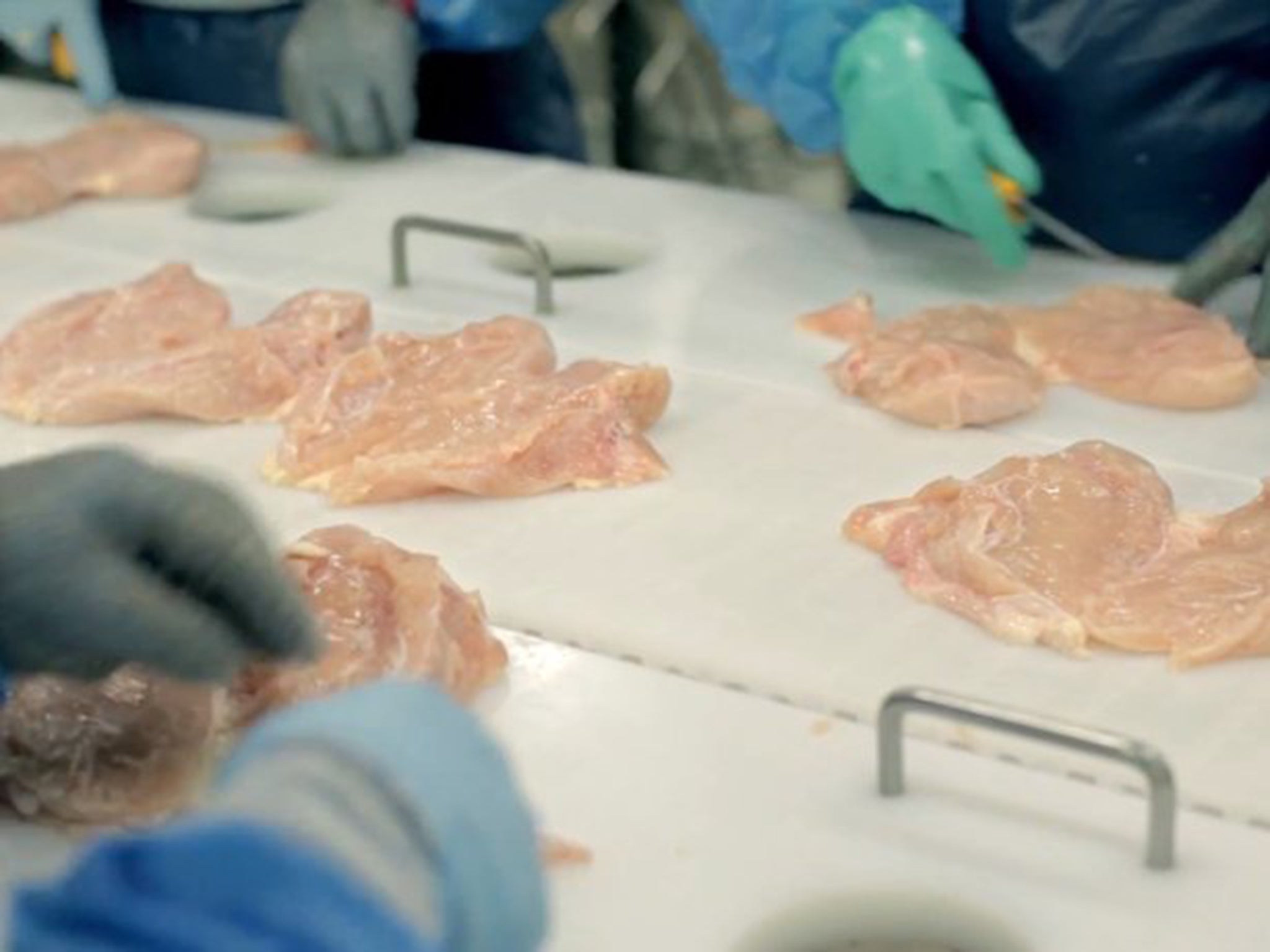
McDonald's does not use whole chickens in its poultry products.
The company uses chicken thighs, breasts, tenders and skin for flavoring, according to McDonald's Canada.
Are McDonald's eggs cooked fresh in the restaurant?
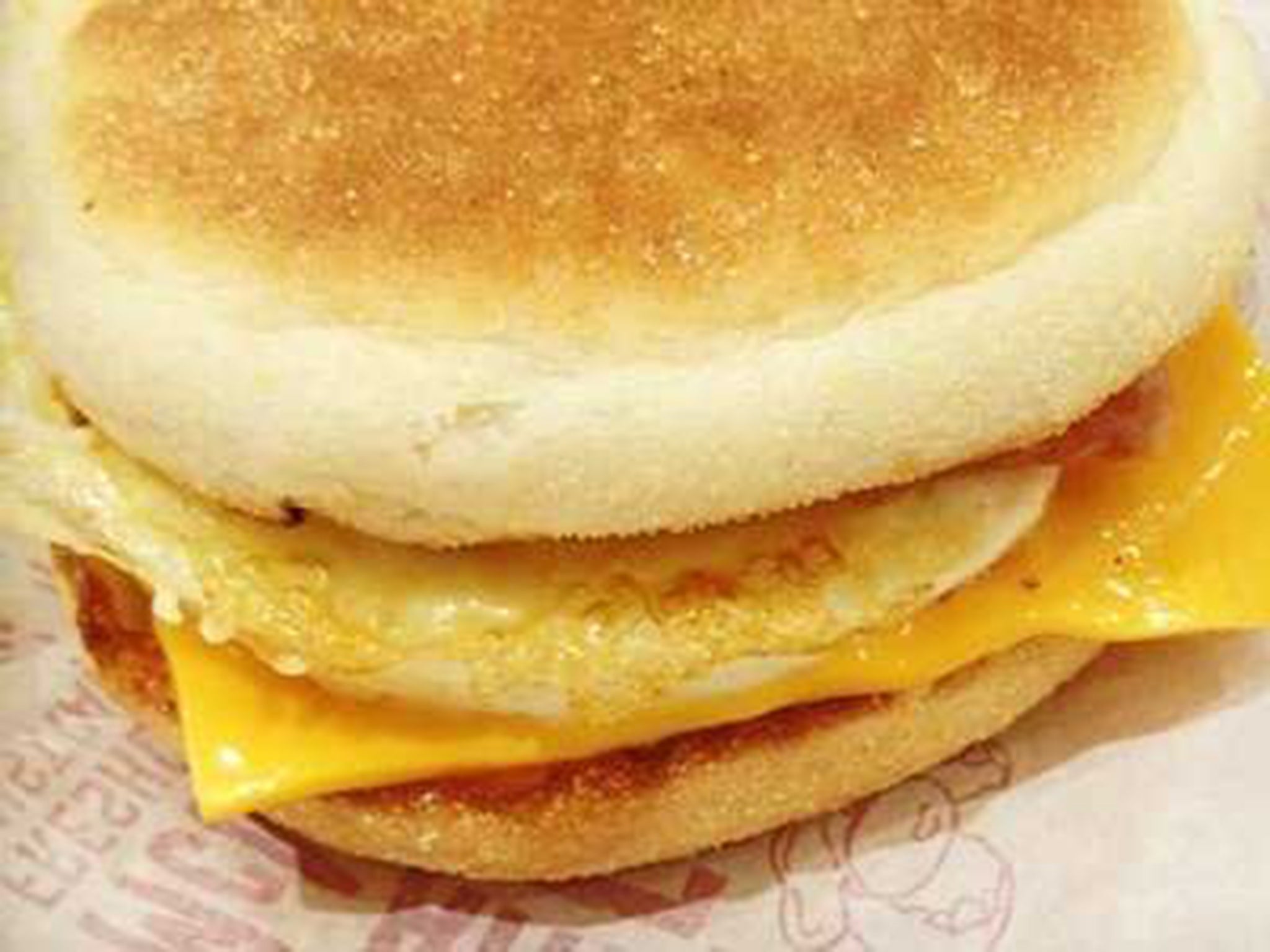
Some of the eggs are cooked fresh, while others are pre-made.
The eggs used for the Egg McMuffin are all freshly cracked right onto the grill in McDonald's restaurants, according to the company.
The scrambled eggs and egg whites are also cooked in the restaurants, but they contain liquid eggs instead of freshly cracked eggs.
The folded eggs and the egg that comes in McDonald's sausage burrito are pre-made in factories, then flash frozen and sent to restaurants, where the dishes are warmed before being served.
Are McDonald's burgers fresh or frozen?
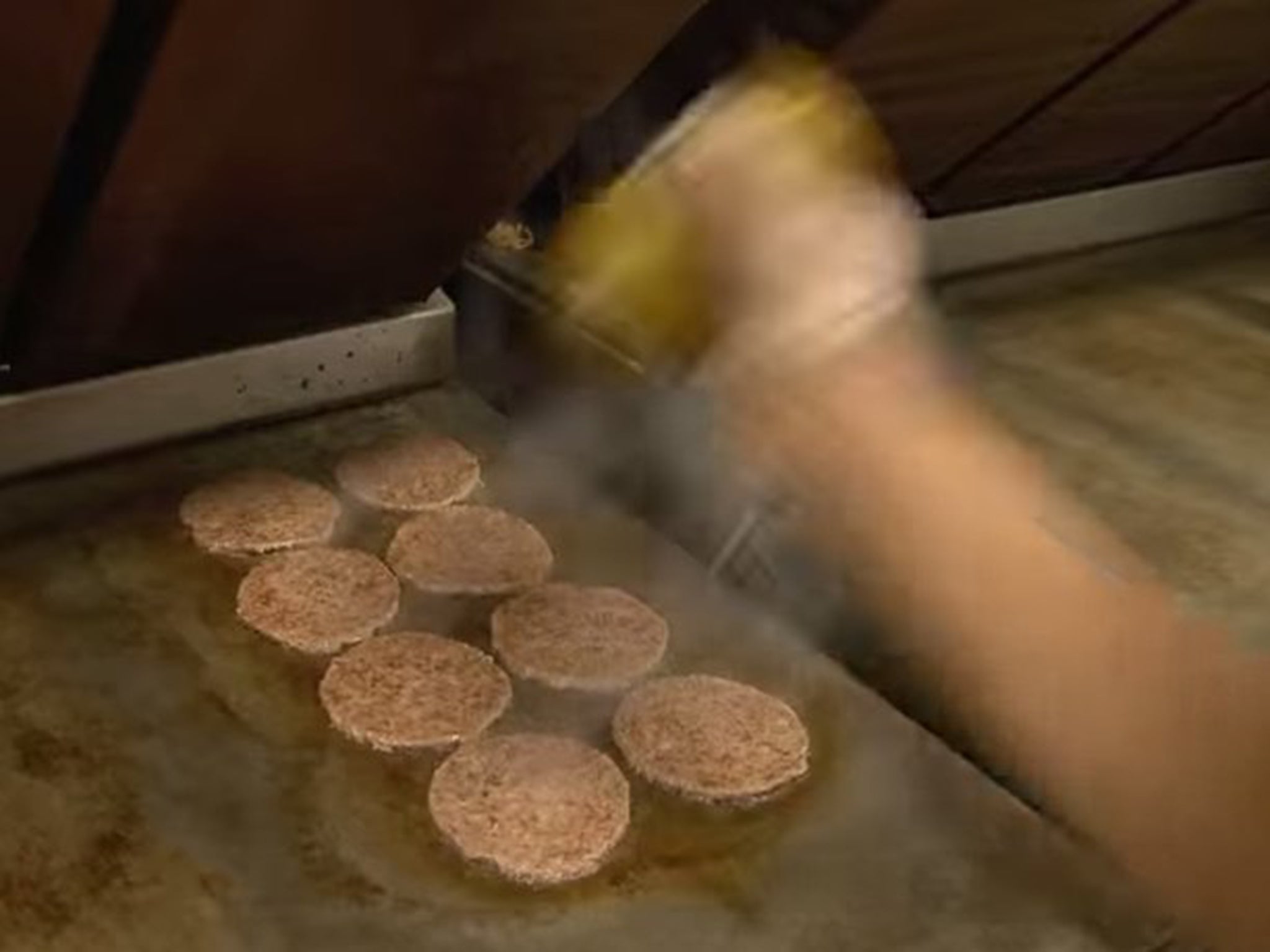
McDonald's USA explains that the beef is ground, formed into patties and then flash frozen.
“Flash freezing helps ensure the quality and flavor of our burgers when they are cooked in our restaurants,” the company says.
Does McDonald's meat contain added hormones?
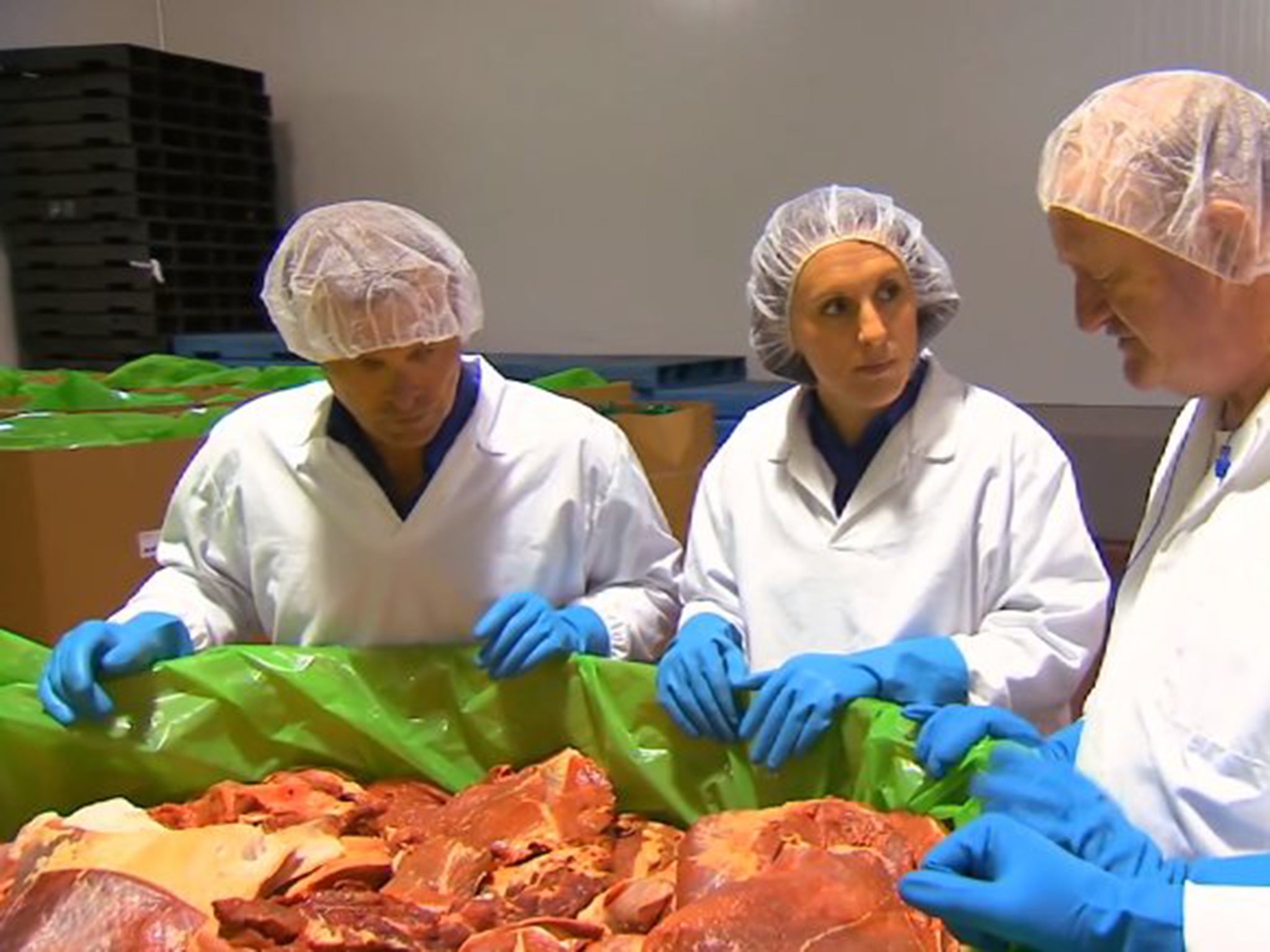
None of McDonald's chicken in the U.S. contains added hormones, as the use of hormones in poultry is banned by federal law.
But the same can't be said for beef.
“It is common U.S. cattle industry practice to use FDA-approved growth promotants, like naturally occurring or synthetic hormones, in animals being raised to produce beef,” McDonald's USA writes. “McDonald’s USA does not have any requirements beyond meeting all FDA regulations for use of growth promotants in cattle.”
How long are cooked eggs held in hot boxes after they are prepared?
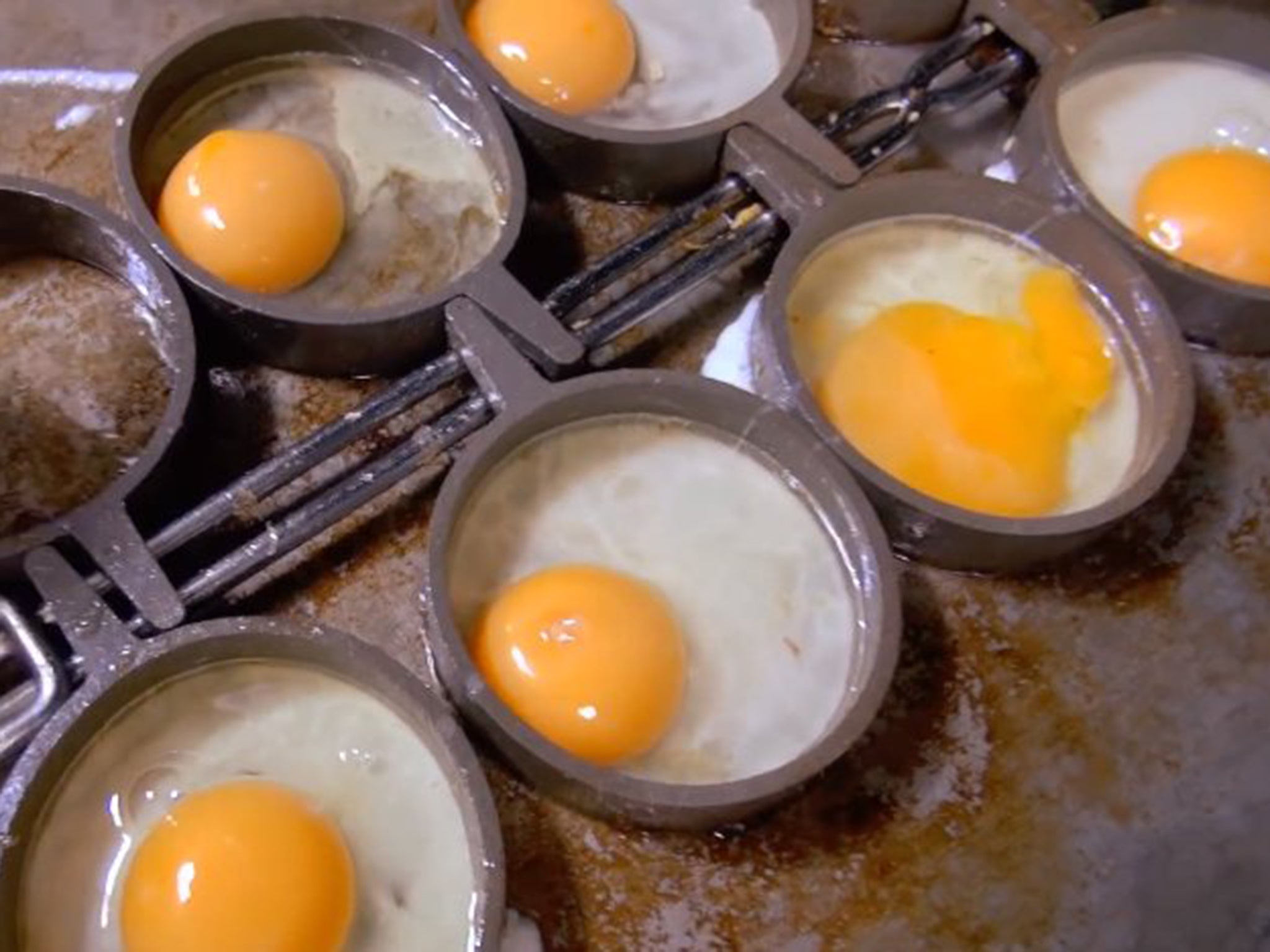
McDonald's Australia says eggs are held in a warming bin for no more than 20 minutes after cooking.
“Like many restaurants, we prepare certain items beforehand, in order to serve our customers in a timely way,” the company writes. “Our food is held at a food-safe holding temperature, in the case of eggs, 79°C, until needed for an order. However, we've become really good at anticipating peak times, and cook enough to meet demand. Your McMuffin is assembled only when you order it.”
How are McDonald's cheeseburgers made?
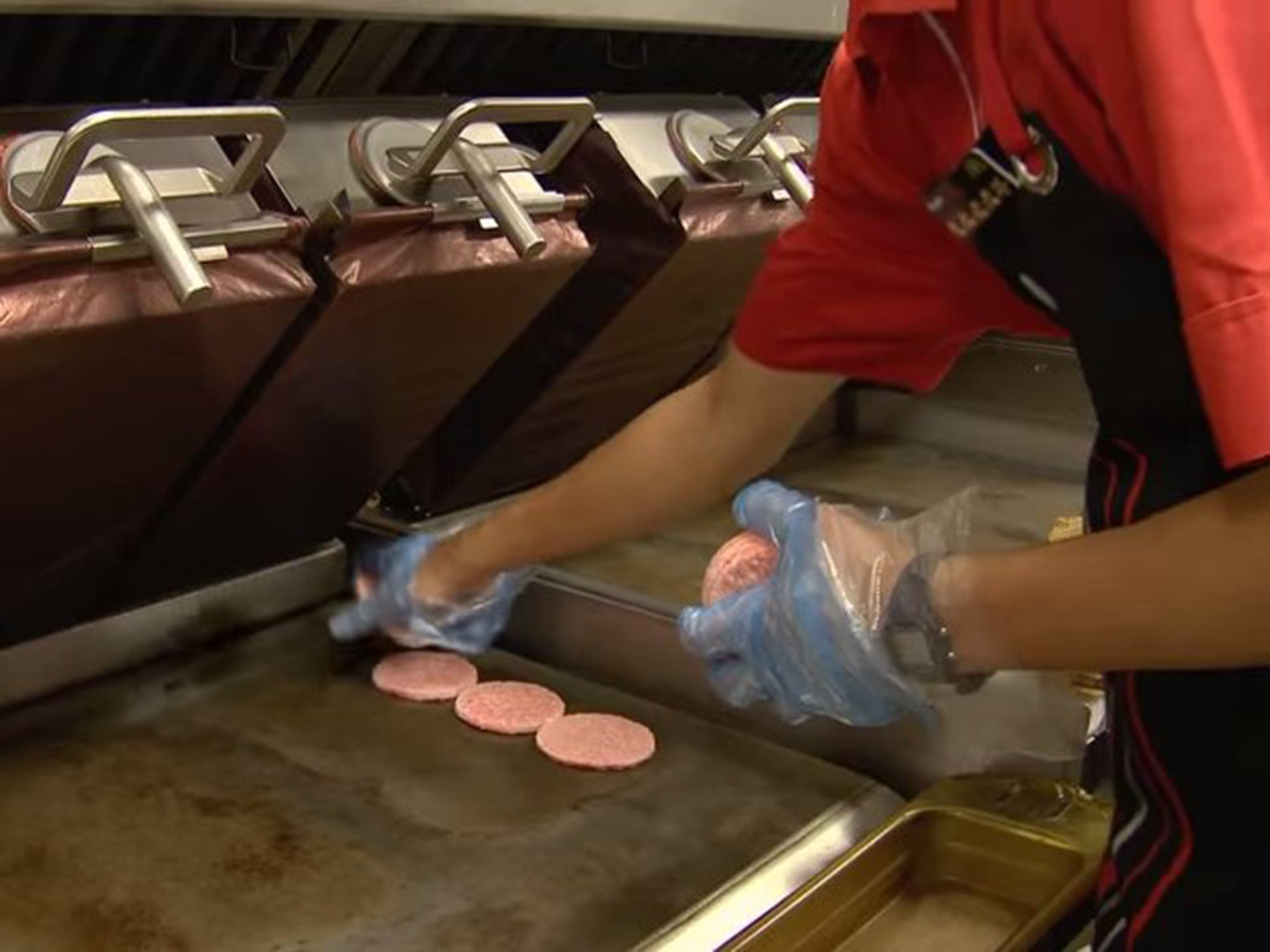
The beef patties are formed from ground beef in a factory, then flash frozen and sent to McDonald's restaurants.
Before they are served, the patties are seasoned with salt and pepper, then grilled for 40 seconds, according to a video from McDonald's Australia.
Afterwards, they are placed inside a warming bin and held there until they are ready to be served.
“We keep our cooked burgers hot for a maximum of 15 minutes, but we're usually so busy that they don't stay in there for very long,” Katie Geoghan, a McDonald's crew member from Melbourne, says in the video.
Is McDonald's beef grass fed?
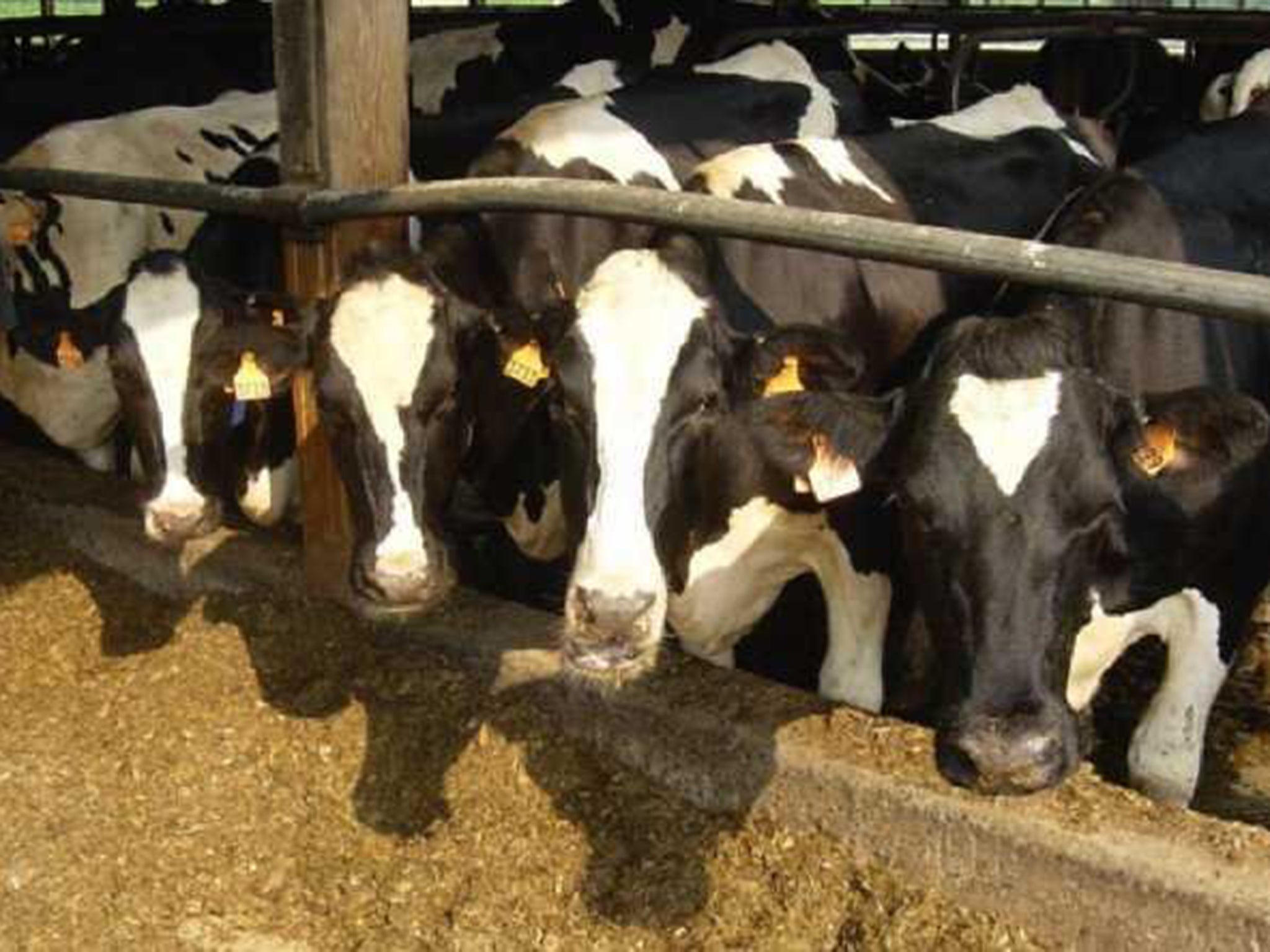
McDonald's doesn't guarantee that its beef is grass fed, though the company assumes at least some of its cattle spend time grazing before heading to a feed lot to be finished on grain.
“Farming practices vary, but generally much of the cattle in the U.S., including the cattle we use for our beef, are grass fed for the first part of their lives,” McDonald's USA writes. “When cattle enter feedlots in the latter part of their lives, they are provided a balanced diet that may include grains, grasses and mineral blends in their feed.”
Does McDonald's use so-called pink slime in its burgers?
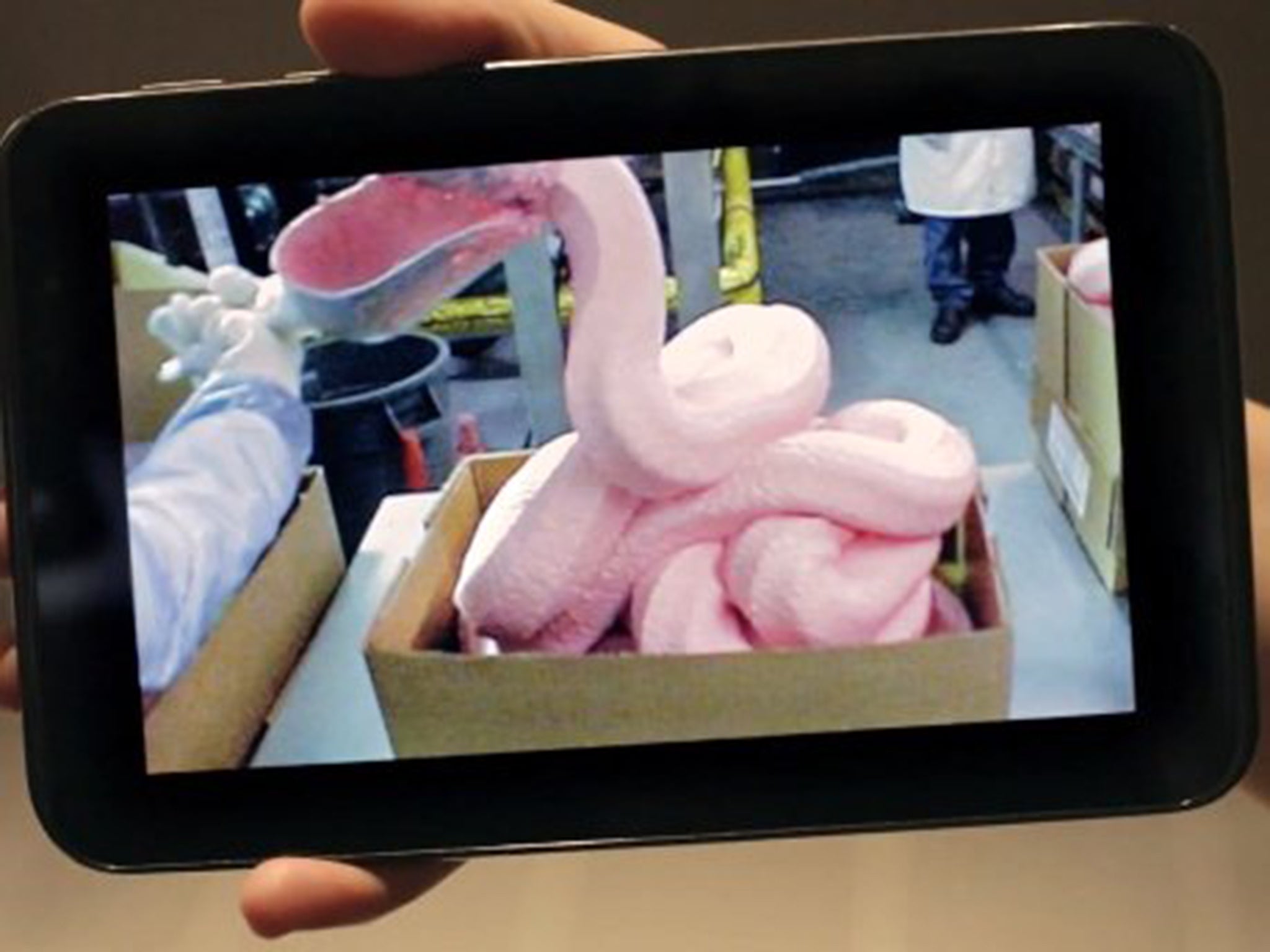
Widespread claims that McDonald's uses “pink slime” in its meat are a myth.
The company says it removed the substance from its meat three years ago.
“Lean finely textured beef treated with ammonia, what some individuals call 'pink slime' or select lean beef trimmings, is not used in our burgers. Any recent reports that it is are false,” McDonald's USA writes.
The so-called slime refers to lean beef trimmings — what’s left of the meat after all the choice cuts of beef are taken — that is treated with ammonium hydroxide, creating the pink hue. Ammonium hydroxide is used to kill off bacteria, such as E. coli.
The trimmings are banned from human consumption in the U.K., but the U.S. Department of Agriculture deems them safe for people to eat.
Why doesn't McDonald's food rot?
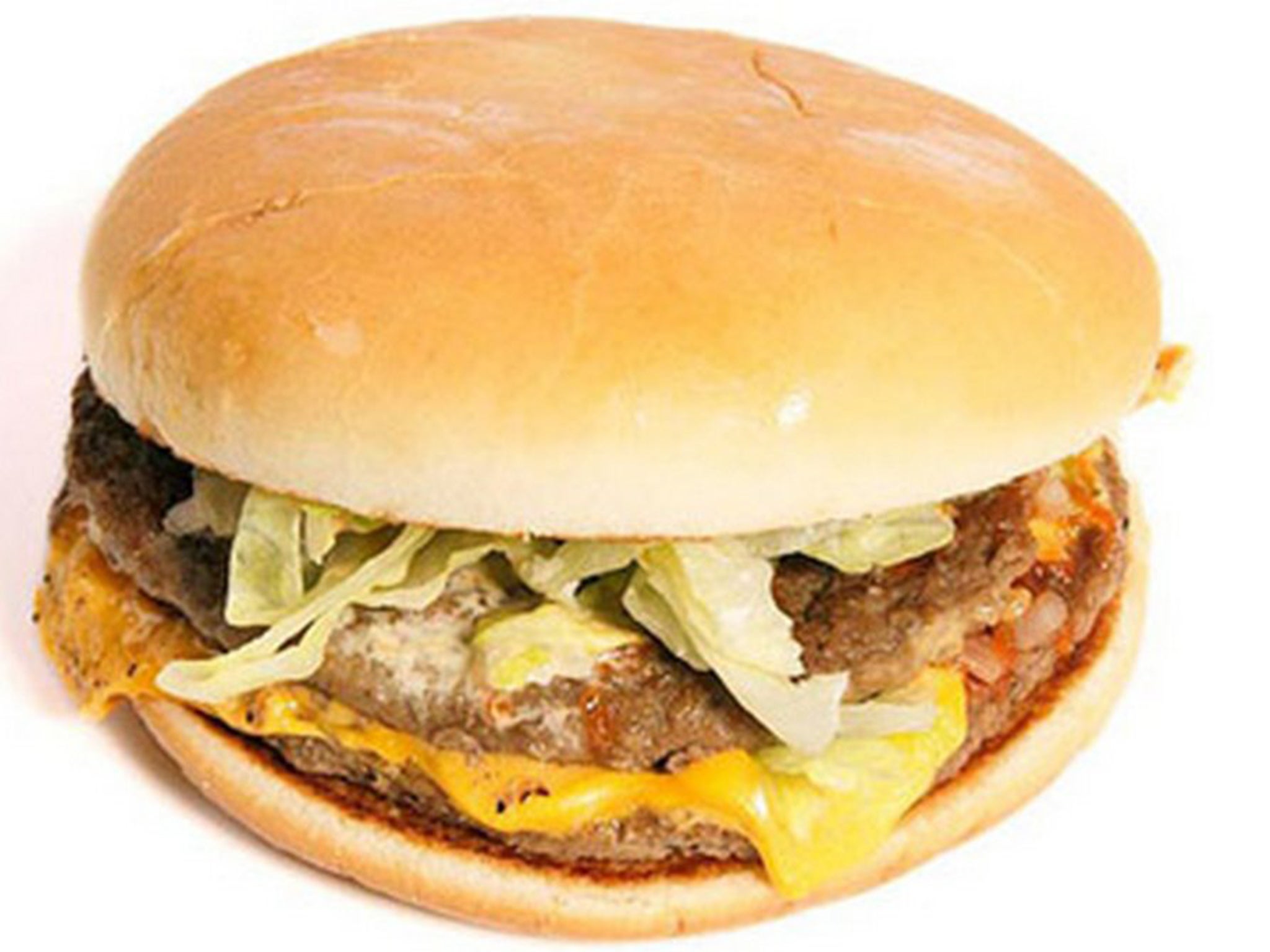
Stories about McDonald's hamburgers that last years before rotting are frequently cited as evidence that fast food is loaded with preservatives.
McDonald's USA offers another explanation.
“In the right environment, our burgers, fries and other menu items could decompose. The reason our food may appear not to decompose comes down to a matter of simple science. In order for decomposition to occur, you need certain conditions – specifically moisture.
Without sufficient moisture – either in the food itself or the environment – bacteria and mold may not grow and therefore, decomposition is unlikely. So if food is or becomes dry enough, it is unlikely to grow mold or bacteria or decompose. Food prepared at home that is left to dehydrate could see similar results.
Look closely, the burgers you are seeing are likely dried out and dehydrated, and by no means 'the same as the day they were purchased.'”
Dr. Keith Warriner, the program director at the University of Guelph's Department of Food Science and Quality Assurance gives a lengthier explanation that you can read here.
What cuts of meet are used in McDonald's beef patties?
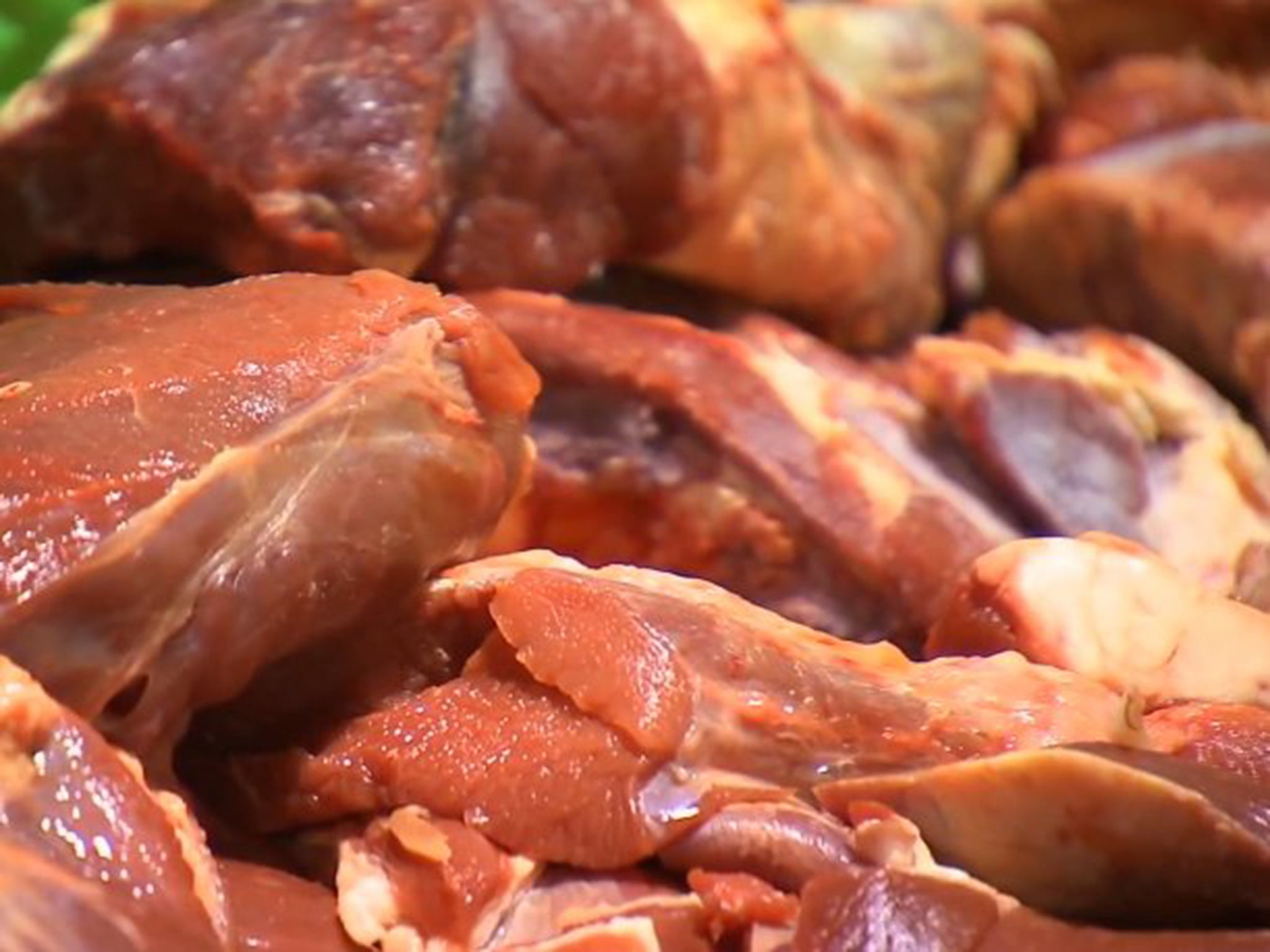
McDonald's uses forequarter and hindquarter trimmings, as well as whole muscle cuts in its beef patties.
McDonald's Australia explains in more detail:
“Beef trimmings are portions of meat remaining after the preparation of the whole muscle cuts. Forequarter refers to the front half of a side of beef and hindquarter refers to the rear half.
Whole muscle cuts, or primals as they are referred to in the industry, are defined portions of a side or beef (or carcase). Forequarter primals include the blade, brisket, chuck, and spencer roll, amongst others and the hindquarter includes primals such as the hind shank, silverside, thin flank and topside.
The primals that may be included in our beef raw materials are usually from the forequarter, and typically include the chuck and the blade.”
Read more:
• The London Stock Exchange and Deutsche Boerse set up an EU referendum committee
• Doctors just performed the first uterus transplant in the US
• The 10 best Leonardo DiCaprio movies, ranked
Read the original article on Business Insider UK. © 2015. Follow Business Insider UK on Twitter.
Join our commenting forum
Join thought-provoking conversations, follow other Independent readers and see their replies
Comments